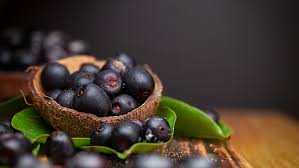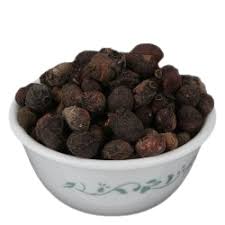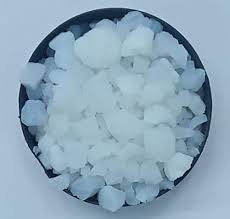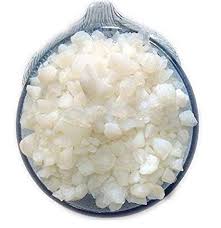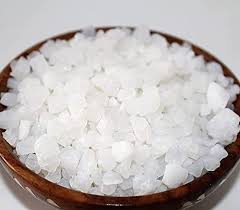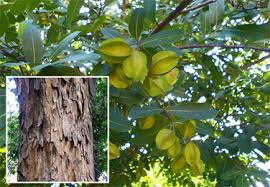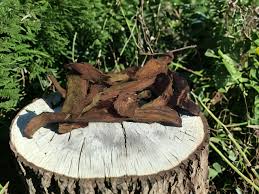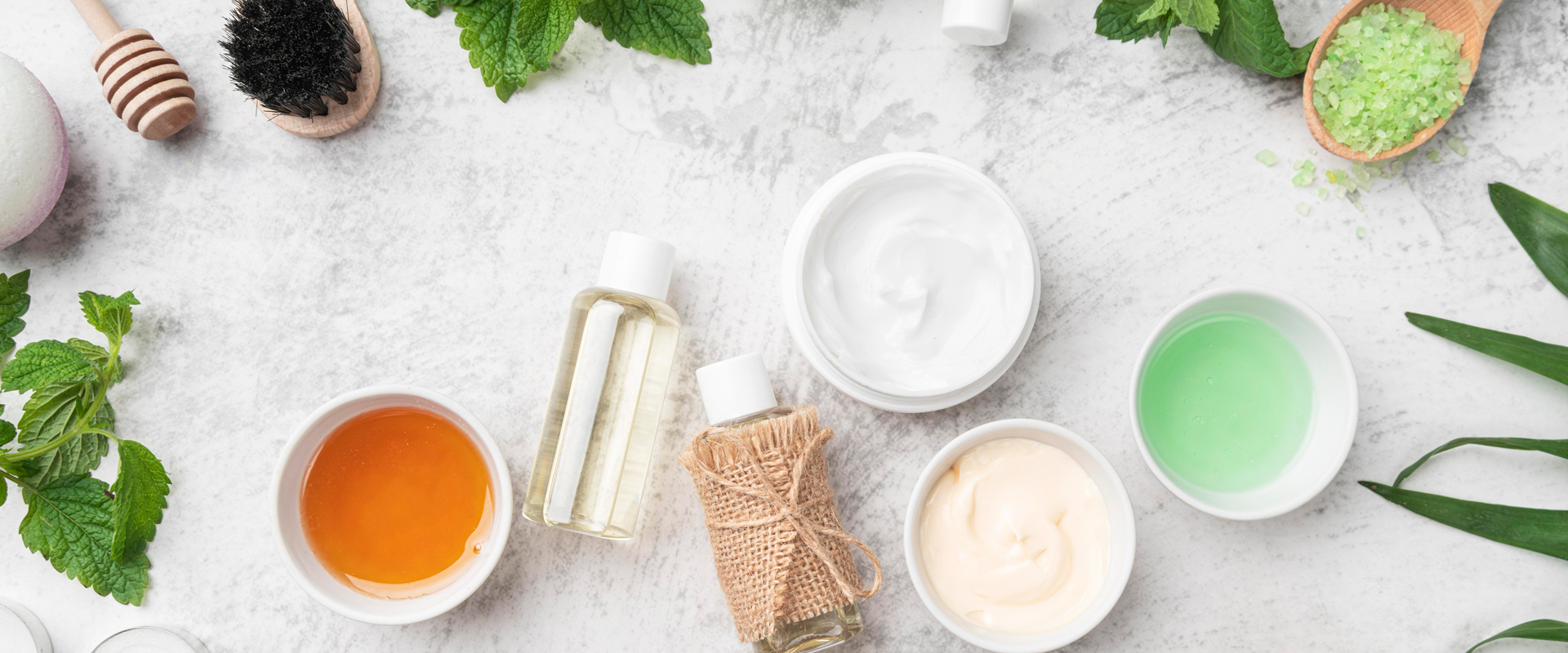
How to Harvest and Prepare Arjun Chaal Bark
In the realm of Ayurveda, few herbs hold as much significance for heart health as Arjun Chaal (Terminalia arjuna). Known as a powerful cardiac tonic, this tree bark has been used for centuries in India to strengthen the heart, improve blood circulation, and manage conditions like hypertension and high cholesterol. But to gain the maximum therapeutic benefits, it’s crucial to harvest and prepare Arjun Chaal correctly.
At Dirghaanshi, where we focus on the healing wisdom of Jadi Buti and natural remedies, this guide will walk you through the proper method of identifying, harvesting, and preparing Arjun Chaal bark for medicinal use. Whether you’re an Ayurveda practitioner, a natural remedy enthusiast, or someone seeking holistic heart support, this post is tailored to help you unlock the full potential of Arjun Chaal.
Long Description
🌳 Understanding Arjun Tree (Terminalia arjuna)
The Arjun tree is a large, deciduous plant native to India, typically found near riverbanks and in tropical regions. Its grey-white bark is the part used in Ayurvedic medicine. The bark is rich in bioactive compounds like flavonoids, tannins, saponins, and glycosides, all of which contribute to its heart-strengthening effects.
According to ancient texts like Charaka Samhita and Sushruta Samhita, Arjun Chaal is classified as Hridya (heart tonic) and Kaphahara (Kapha-pacifying).
🪓 How to Harvest Arjun Chaal Bark: Step-by-Step Guide
Harvesting medicinal herbs isn’t just about cutting and collecting. Ethical and sustainable harvesting ensures the longevity of the plant and maximum potency of the remedy.
✅ Step 1: Right Season for Harvesting
Ideal Time: The best time to harvest Arjun bark is during the post-monsoon or early winter months (October to December), when the plant’s active constituents are most potent.
Avoid harvesting during rainy season as moisture can spoil the bark and reduce medicinal value.
✅ Step 2: Identify the Mature Tree
Choose trees that are at least 5–10 years old, as younger trees may not have developed enough phytochemicals.
Ensure that the tree is healthy, free of pests or fungal growth, and located in an unpolluted area (away from roads or factories).
✅ Step 3: Selective Bark Harvesting
Use a sharp knife or herbalist’s bark peeler to gently scrape off a small section of bark — never more than one-third of the tree’s circumference.
Always harvest from different areas of the tree to avoid damage.
Allow the exposed part of the tree to heal naturally or cover it with a natural mud paste if needed.
✅ Step 4: Ethical Harvesting
Rotate harvesting spots every few years to give trees time to regenerate.
Never cut deep or remove bark from the base of the tree, as this can kill the plant.
🔥 How to Prepare Arjun Chaal Bark for Use
Once harvested, the bark must be cleaned, dried, and processed properly to retain its medicinal qualities.
✅ Step 1: Cleaning the Bark
Rinse the freshly harvested bark with clean, filtered water to remove any dust, dirt, or insects.
Avoid soaking for too long — just a quick rinse will do.
✅ Step 2: Drying the Bark
Lay the bark strips flat on a clean cloth or bamboo tray in a shaded, ventilated area.
Avoid direct sunlight, which can destroy active compounds.
Allow the bark to dry for 7–10 days, flipping occasionally to ensure even drying.
✅ Step 3: Crushing or Grinding
Once dried, you can:
Crush the bark into small pieces for decoctions (Kadha)
Grind into a fine powder (Churna) for capsules or direct consumption
Store in airtight glass containers away from moisture and sunlight
🧴 How to Use Prepared Arjun Chaal
There are several Ayurvedic ways to consume Arjun Chaal depending on your health goal:
🌿 Kadha (Herbal Decoction)
Boil 1 teaspoon of Arjun bark powder in 1 cup of water for 10–15 minutes.
Strain and drink on an empty stomach in the morning for heart health and cholesterol control.
🌿 Arjun Milk Recipe
Add 1 tsp Arjun Chaal powder to a cup of milk and water (1:1 ratio).
Boil until it reduces to half. Consume warm before bedtime for cardiac strengthening.
🌿 Capsule or Tablet Form
Available in Ayurvedic stores and pharmacies — ideal for those who prefer convenience and consistency in dosage.
📦 Storage Tips
Always store dried or powdered bark in a cool, dry place.
Label the container with the harvest date and batch details if you plan to use it long-term.
Best used within 6–8 months of preparation.
⚠️ Precautions
Always consult an Ayurvedic doctor before beginning a new herb.
Not recommended for people on heavy cardiac medications without supervision.
Pregnant or lactating women should avoid without medical guidance.
✅ Conclusion
Harvesting and preparing Arjun Chaal Bark the right way not only preserves the potency of the herb but also ensures sustainability for future generations. When used wisely, Arjun Chaal becomes a powerful natural ally in maintaining cardiovascular wellness and boosting overall vitality.
At Dirghaanshi, we encourage returning to nature and trusting the ancient power of Jadi Buti. Whether you’re preparing your own remedies or looking to understand more about what goes into your Ayurvedic supplements, this guide gives you the confidence to incorporate Arjun Chaal into your wellness routine — mindfully and ethically.


